3 secretly toxic items in your bedroom that toxicologists urge you to replace now to protect your health
Danger might be lurking where you least expect it
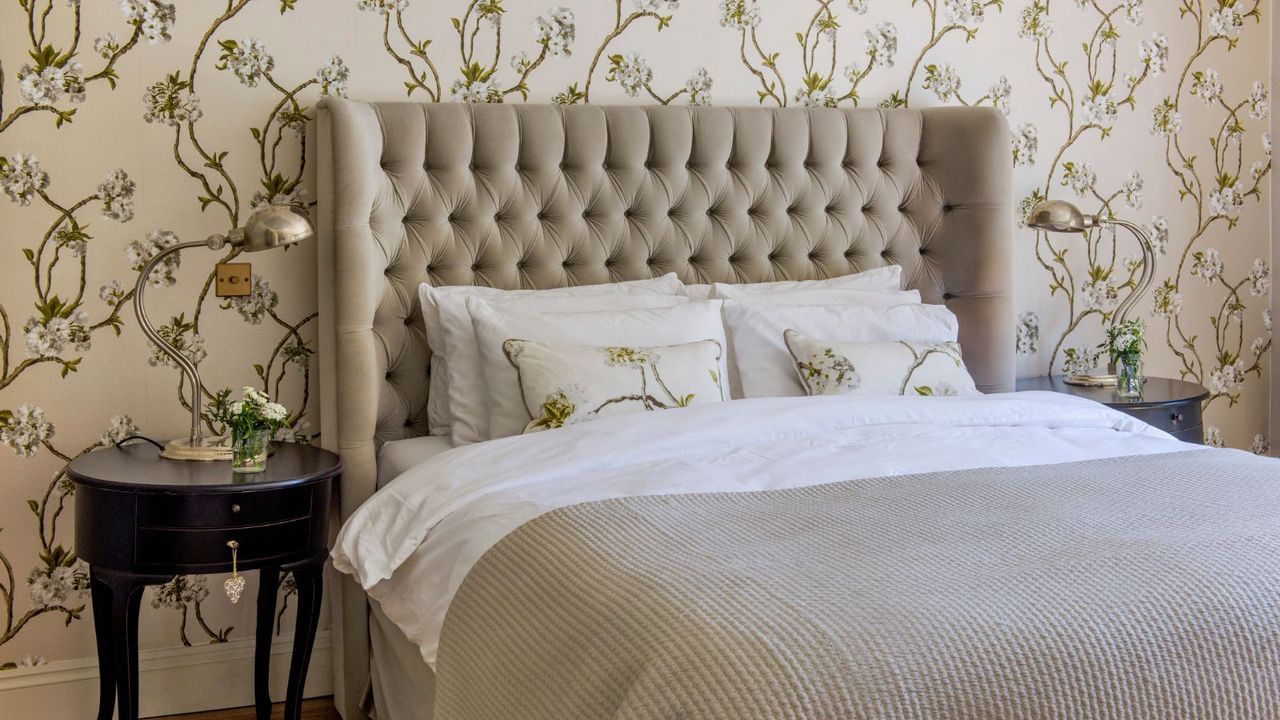
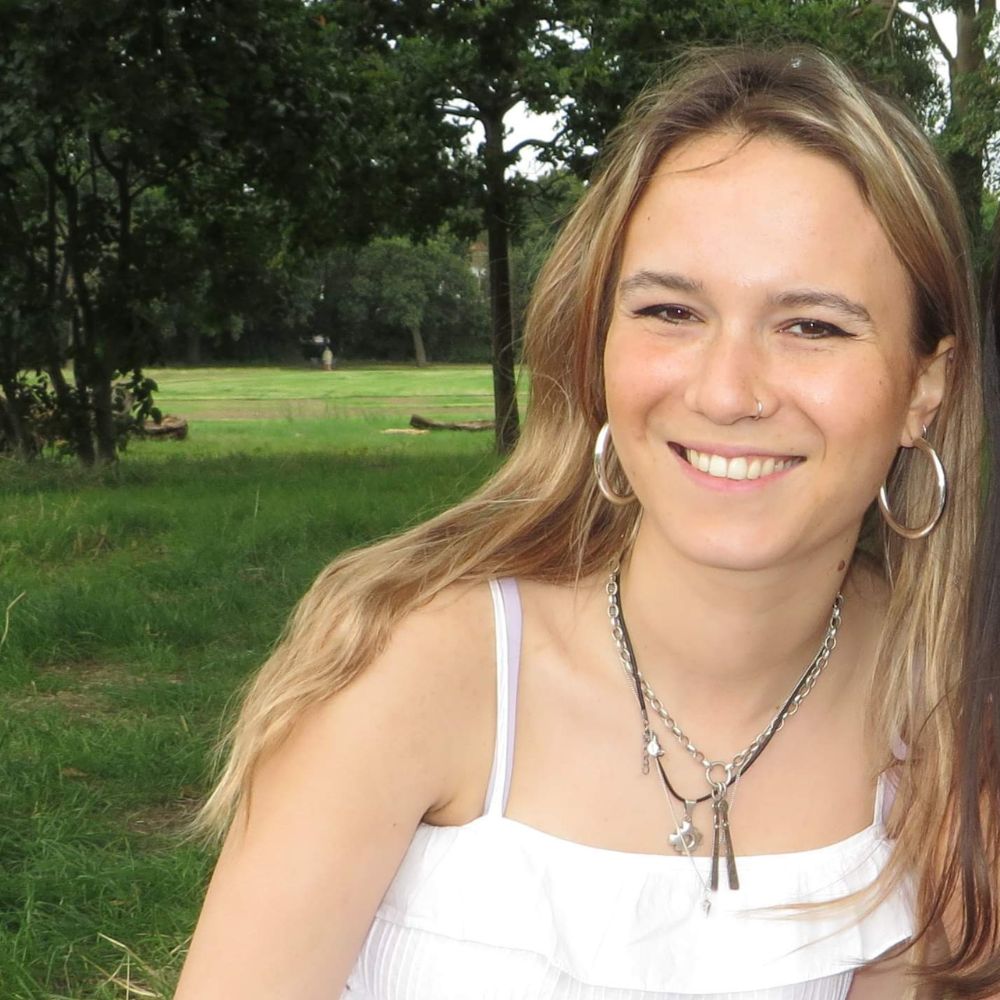
Your bedroom is a place of ultimate relaxation and recuperation. For that exact reason, anything that disrupts your health and well-being should be kept as far away as possible.
But, what if you don't even know that some of the items you keep in your bedroom are secretly toxic and bad for your health?
Here, expert toxicologists and Homes & Gardens' resident 'queen' of non-toxic living, Chiana Dickson, advise on which three secretly toxic items you should replace – some of which may surprise you – and share their non-toxic home essentials to shop instead.
What makes an item in the bedroom toxic?
With so much health-related jargon, it can sometimes be difficult to decipher what terms and words even mean. Luckily, Tasha Stoiber, Ph.D., a senior scientist at the Environmental Working Group, is on-hand to explain.
She says, 'The term "toxic" refers to the presence of materials and chemicals than can release hazardous substances into the room and the air we breath.
'These substances, often in the form of volatile organic compounds (VOCs) can pose a range of health risks, from short-term respiratory irritation, to long-term effects on the nervous and reproductive systems.'
For this reason, more and more people are turning to non-toxic cookware in the kitchen, and non-toxic ways to clean a home without harming the planet.
What is less well known, though, is that these harmful toxins may also be lurking in your bedroom. Here's where.
1. Your mattress

Your mattress is undoubtedly the most important part of your bedroom, but did you know that your mattress might be a toxic item to get rid of? This is because conventional types often contain synthetic materials, that might emit hazardous chemicals.
Toxicologist Tasha explains, 'Toxic materials commonly found in mattresses include polyurethane foam, chemical flame retardants, and vinyl or PVC covers, which may contain endocrine-disrupting chemicals like phthalates,' which can interfere with the body's hormones and cause health issues.
For example, polyurethane foam, for example, is a common component in traditional mattresses, particularly memory foam mattresses, and a significant source of VOCs. 'These chemicals can cause respiratory irritation and compromise you home's air quality,' continues Tasha.
Additionally, in order to meet fire safety standards, many mattresses are also treated with chemical flame retardants, which can enter the surrounding environment, and have been linked to damage to the nervous and reproductive systems.
Some mattresses even use fiberglass as a flame barrier, highlights Tasha, which, if disturbed, can irritate the skin and lungs. 'In 2023, California Gov. Gavin Newsom signed a law that bans the use of fiberglass in mattresses, which will take effect in January 2027,' she says, as covered by the Environmental Working Group.
So, how can you create a healthier sleep environment, and sleep better? The key, Tasha says, is considering mattresses made from safer materials.
'When shopping, look for certifications like the Global Organic Latex Standard, the Global Organic Textile Standard, or EWG Verified to ensure the mattress is free from harmful chemicals and meets high safety and environmental standards,' she recommends.
For example, if you've found yourself wondering what a latex mattress is, natural latex, derived from the sap of rubber trees is a good alternative to synthetic foams. 'It produced significantly fewer VOCs, offers durability, and is naturally resistant to mold and dust mites,' says Tasha. 'Many latex mattresses also incorporate wool as a natural flame barrier, eliminating the need for chemical flame retardants.'
But is it good to sleep on latex? Our sleep expert, Emilia Hitching, assures latex mattresses are a great choice, even enough to make her want to purchase one next time she needs an upgrade.
'Organic cotton is another great option for mattress covers, providing breathability and safety, without toxic additives,' adds Tasha.
2. Candles

There's nothing like getting into bed with a good book and lighting your best candle, but did you know they're potentially toxic?
Content editor Chiana Dickson explains, ‘Candles have the potential to be one of the most toxic things in your bedroom. A 2017 study concluded that paraffin wax scented candles are toxic (some of the most readily available candles on store shelves) and can release several dangerous compounds into the air, including “formaldehyde and carcinogenic aromatic hydrocarbons like toluene and benzopyrene [...], especially the less expensive ones”.
'These reduce indoor air quality, which, in turn, can then cause respiratory irritation and poor sleep among other health problems,' and they may be lurking among the secretly toxic items in your living room, too.
Luckily, if you still want to enjoy that cozy flickering effect, there are plenty of non-toxic candles available on the market.
Chiana says, 'Soy-wax candles with cotton wicks, such as the P.F. Candle Co. candles from Amazon (my personal favorite), burn cleanly to help make a bedroom smell nice.
‘Alternatively, invest in one of the best essential oil diffusers and some quality essential oils to help fragrance the air without burning anything.’
All prices correct at time of publication.
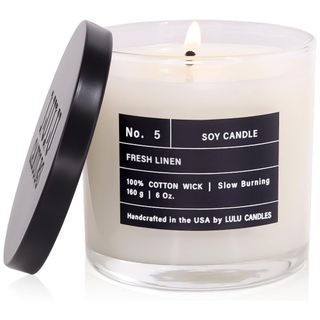
This hand poured candle is made with vegan soy wax and premium essential oil, with a 40-hour burn time and long-lasting scent.
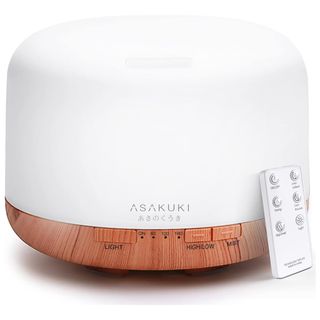
This essential oil diffuser has an ultra-quiet fan, with an easy to clean 500 ml water tank and seven LED light colors.
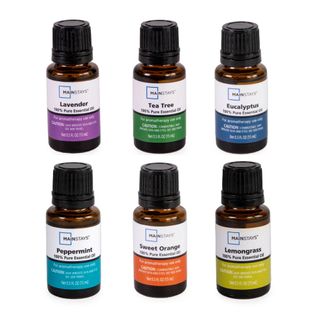
These all-natural essential oils are free of harsh chemicals, with no artificial fragrances.
3. Laundry detergent
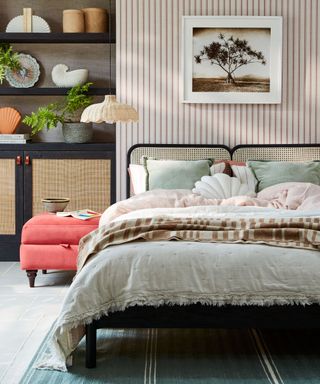
Another one of the most toxic things in your bedroom isn’t actually visible to the eye – it’s the detergent you may have used to wash your bed sheets.
Chiana explains, 'A 2023 study into traditional cleaning products’ chemical effects on indoor air quality and their implications for human health concluded that “the use of cleaning products indoors may increase occupants’ exposure to a variety of harmful environmental pollutants including volatile organic compounds (VOCs).”'
Like candles, these can then reduce your sleep quality, and even make you sick over time.
Therefore, Chiana advises, 'When choosing cleaning products, opt for detergents that are EPA-certified as non-toxic and safe for your home, such as ECOS Free & Clear Detergent, available at Walmart.’
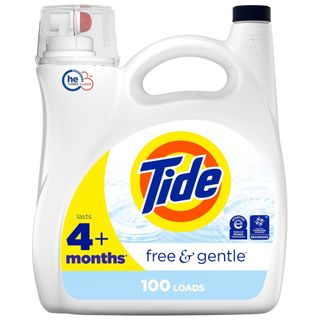
This liquid laundry detergent also comes recommended by Chiana, and is free of dyes and perfumes, gentle on skin and suitable for all fabric types.
FAQs
What is the most toxic thing in your home?
Unsurprisingly, the most toxic thing in your home is bleach, followed by drain cleaner. To clean your home without harming the planet, switch to natural alternatives, as you certainly don't need harsh cleaning chemicals to clean well.
Once you've replaced these bedroom items, turn your attention to your potentially toxic bathroom storage, to protect your health and your home.
Sign up to the Homes & Gardens newsletter
Design expertise in your inbox – from inspiring decorating ideas and beautiful celebrity homes to practical gardening advice and shopping round-ups.

Ottilie joined Homes & Gardens last year, after finishing a Master's in Magazine Journalism at City, University of London. With previous contributions in Livingetc and Motorsport Magazine, she produces content for the Solved section on the website, focusing on clever tips and tricks to keep your home beautiful, organized and clean. She also has an undergraduate degree in English Literature and History of Art from the University of Edinburgh, where she developed a love for inspiring interiors and architecture.
You must confirm your public display name before commenting
Please logout and then login again, you will then be prompted to enter your display name.
-
 King Charles is reportedly recovering at Highgrove House – a master gardener says his sensory grounds are designed for healing
King Charles is reportedly recovering at Highgrove House – a master gardener says his sensory grounds are designed for healingThe gardens, designed by the king with esteemed British gardeners and naturalists, have recently served as a 'tranquil' sanctuary over recent weeks
By Megan Slack Published
-
 Saatva vs Nectar − which mattress brand is best on test?
Saatva vs Nectar − which mattress brand is best on test?I set the Saatva Contour5 Mattress and the Nectar Memory Foam Mattress head to head to see which mattress offers the best performance at the lowest price
By Emilia Hitching Published
-
 7 overlooked outdoor cleaning spots to tackle this weekend – and why spring is the easiest season to refresh them
7 overlooked outdoor cleaning spots to tackle this weekend – and why spring is the easiest season to refresh themNeglecting these areas will make the entire space look shabby
By Ottilie Blackhall Published
-
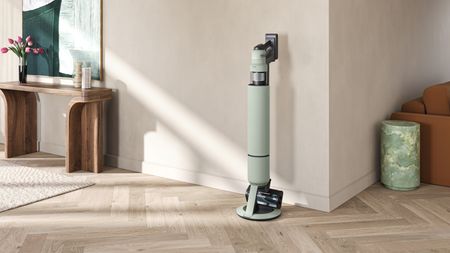 Samsung has just released 'the world's most powerful cordless vacuum' – as an expert vacuum tester, I'm intrigued but skeptical
Samsung has just released 'the world's most powerful cordless vacuum' – as an expert vacuum tester, I'm intrigued but skepticalIt's said to be more powerful than the top Dyson
By Dan Fauzi Published
-
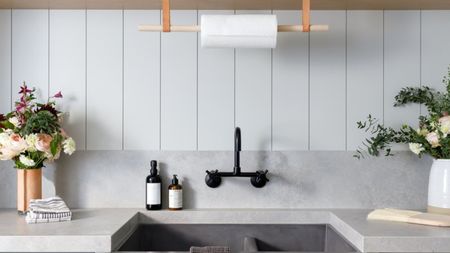 I test and review 100s of cleaning tips for a living – here are the 7 I always use in my own home
I test and review 100s of cleaning tips for a living – here are the 7 I always use in my own homeThese are the only ones that have stuck for me
By Chiana Dickson Published
-
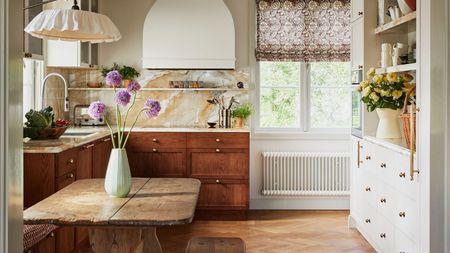 5 things people with clean home storage always do to protect belongings, curb hidden mold, and prevent pests
5 things people with clean home storage always do to protect belongings, curb hidden mold, and prevent pestsIt's a simple addition to your routine for cleaner and nicer-smelling storage areas
By Chiana Dickson Published
-
 7 unexpected things to clean in April 2025 – from refrigerator coils to recycling bins, these vital areas need extra attention this month, cleaning pros warn
7 unexpected things to clean in April 2025 – from refrigerator coils to recycling bins, these vital areas need extra attention this month, cleaning pros warnStart the spring season by ticking off these essential tasks
By Ottilie Blackhall Published
-
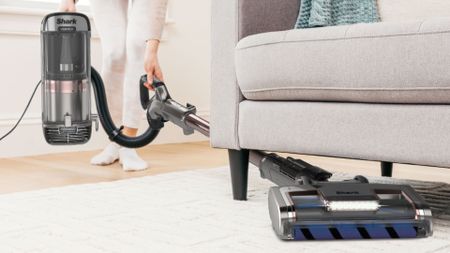 It's your last chance to buy one of our all-time favorite Shark upright vacuums in the Walmart sale – I'm a vacuum tester, and it's a seriously worthy upgrade
It's your last chance to buy one of our all-time favorite Shark upright vacuums in the Walmart sale – I'm a vacuum tester, and it's a seriously worthy upgradeThe Shark Vertex DuoClean PowerFin Upright Vacuum is now heavily discounted and brilliant for busy homes
By Dan Fauzi Published
-
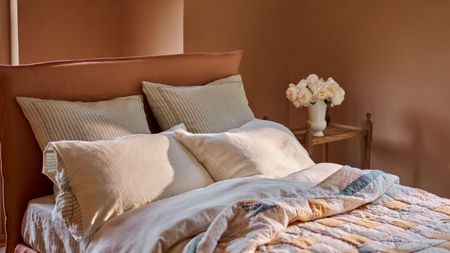 'When in doubt, less is more' – the No More Than 4 rule instantly cuts through visual clutter for a less stressful, streamlined home
'When in doubt, less is more' – the No More Than 4 rule instantly cuts through visual clutter for a less stressful, streamlined homeIt's quick, easy, totally free, and can even help you sleep better
By Chiana Dickson Published
-
 7 fridge cleaning mistakes that could contaminate your food or ruin your appliance – and the simple remedies pros swear by
7 fridge cleaning mistakes that could contaminate your food or ruin your appliance – and the simple remedies pros swear byThese simple fixes will keep food fresher
By Chiana Dickson Published